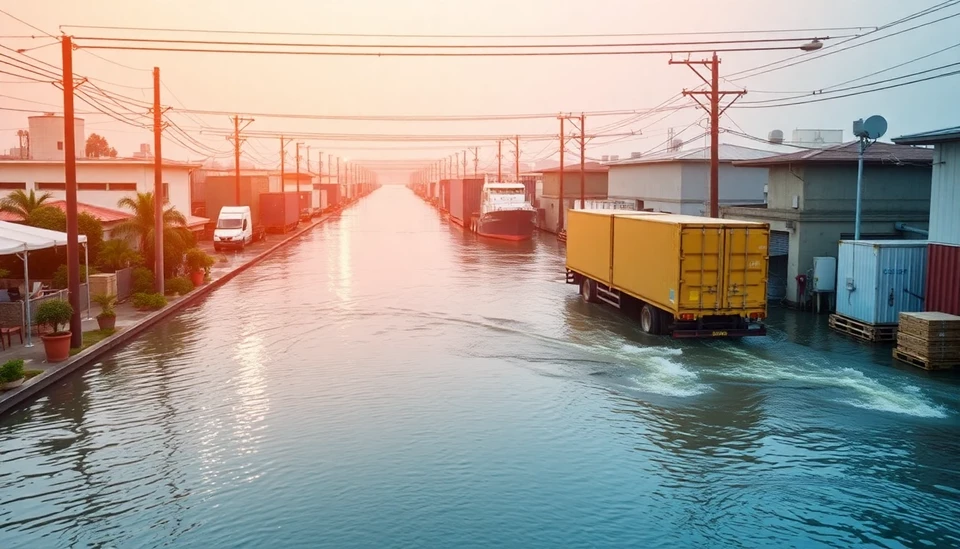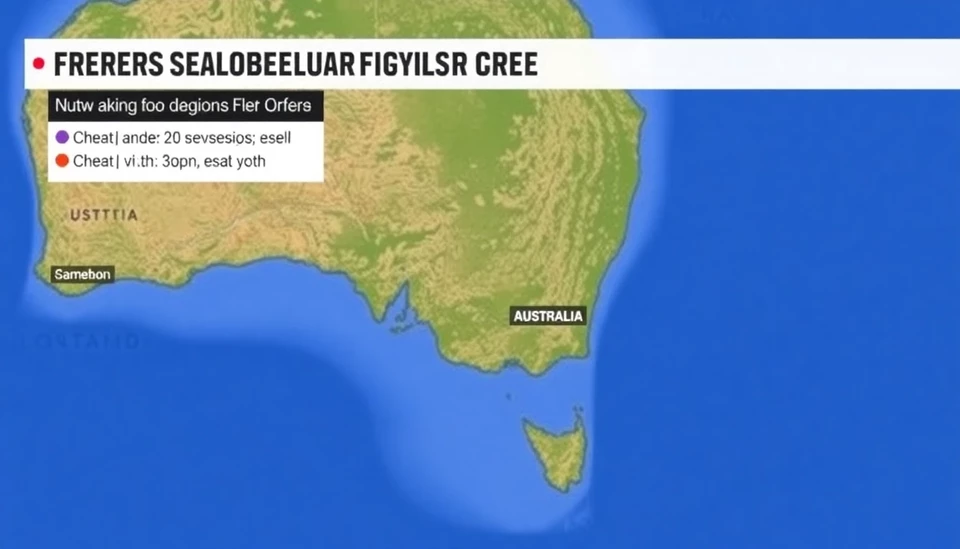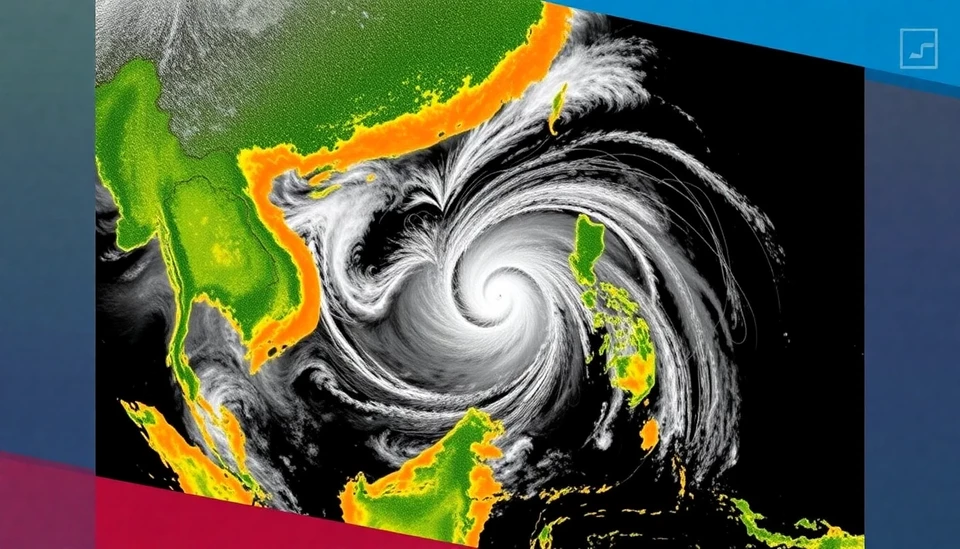
As global supply chains continue to adapt to a host of challenges, Everstream has released a shocking report indicating that floods are poised to become the leading risk to supply chain stability in the year 2025. This pivotal insight underscores the increasing vulnerability of supply chains to extreme weather events, particularly in light of ongoing climate change.
Everstream, a prominent risk analytics firm, emphasized that the frequency and severity of flooding events are projected to increase dramatically in the coming years. With climate models predicting more intense rainfall, especially in regions previously considered low risk, businesses must reassess their risk management strategies to mitigate potential disruptions. The company specifically pointed out that the economic repercussions of extended periods of flooding can be catastrophic, affecting everything from production schedules to transportation logistics.
The report outlined various regions that are particularly at risk, highlighting how urban areas with dense populations and developed infrastructures are often more susceptible to flooding. For instance, cities located near rivers or those with inadequate drainage systems can quickly become waterlogged, leading to road closures, supply shortages, and significant delays in the delivery of goods. As a result, companies operating in these areas need to bolster their contingency plans to ensure resilience against increasingly unpredictable weather patterns.
Everstream’s analysis points to specific sectors that are at heightened risk due to potential flooding. Industries reliant on critical components manufactured in specific geographical areas, such as electronics, automotive, and food production, may find their operations severely hampered. The potential for significant financial losses can drive some companies to reconsider their supply chain partnerships and operational footprints, moving away from high-risk areas towards more stable environments.
Experts believe that the only way forward for businesses is to enhance their focus on sustainability and risk preparedness. Solutions may include investing in advanced forecasting technologies that can predict weather-related disruptions and implementing more resilient logistics strategies. By employing real-time data analytics, companies can make better-informed decisions and adjust their supply chains swiftly to adapt to unexpected flooding events.
Furthermore, Everstream advocates for cooperation among companies, governments, and local communities. Collaborative frameworks can foster knowledge sharing and resource management that ultimately bolster infrastructure resilience against floods. Such partnerships would also encourage the development of better urban planning initiatives, including improved drainage systems and green infrastructure projects, which can help mitigate flooding impacts.
In conclusion, as we move deeper into 2025, the onus falls on businesses to implement proactive measures against the looming threat of flooding. Awareness is the first step, but action is essential. Organizations that wait to react to these threats may find themselves facing astronomical costs and operational challenges that could have been avoided through strategic planning and foresight.
As this critical issue unfolds, stakeholders across various industries must keep an eye on weather patterns and invest in infrastructure and technology that can handle the impending changes. The call to action is clear: adapt, innovate, and prepare for a future where floods are no longer an anomaly but an everyday reality.
#FloodRisk #SupplyChainManagement #ClimateChange #Everstream #RiskAnalysis #Resilience #Infrastructure #BusinessContinuity
Author: Sophie Bennett




